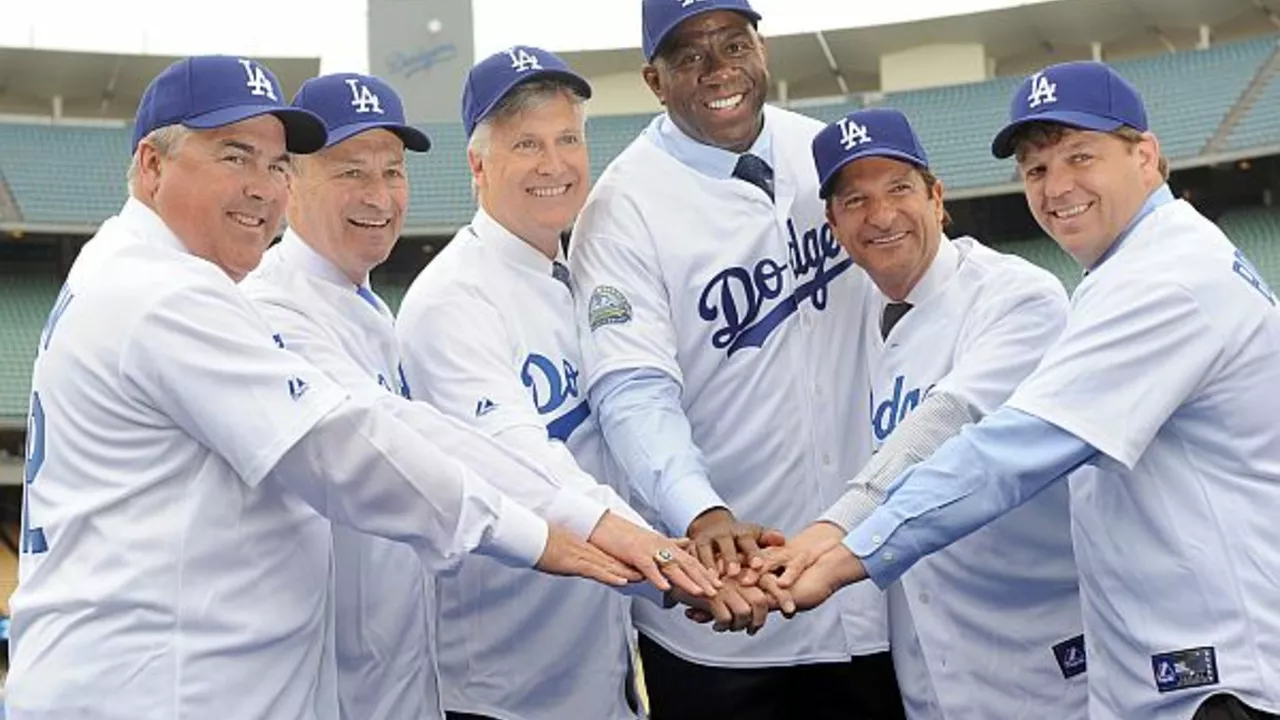Team Ownership – How UK Soccer Clubs Are Run and Funded
When talking about team ownership, the legal and financial framework that decides who controls a club and how resources are allocated. Also known as club ownership, it directly influences transfer budgets, stadium upgrades, and day‑to‑day decisions. The concept sits alongside related entities like sports club, the organisation that holds league licences and fields the team, investment group, a collection of shareholders or firms that provide capital and strategic direction, and fan ownership model, a structure where supporters hold a stake and often a vote in club matters. In plain terms, team ownership determines who gets the final say on player signings, coaching hires, and long‑term visions. Understanding these layers helps you see why a change in ownership can flip a club’s fortunes overnight.
Key Players in the Ownership Puzzle
Team ownership encompasses three core dimensions: financial investment, governance structures, and regulatory compliance. Financial investment comes from wealthy individuals, private equity funds, or community trusts, each bringing a different risk appetite and time horizon. Governance structures range from single‑owner hierarchies to multi‑stakeholder boards that balance profit motives with fan interests. League regulations, rules set by the Premier League and the FA that govern ownership eligibility, transparency, and fit‑and‑proper tests act as the gatekeeper, ensuring that owners meet ethical and financial standards. For example, a foreign investor may inject millions but must clear a fit‑and‑proper test, while a fan‑owned club might operate under a cap on external shareholding to keep the community in charge. These elements interact: strong financial backing can unlock stadium projects, but without proper governance the club may face sanctions. The recent surge of overseas capital in English football illustrates how foreign investors influence team ownership, reshaping club branding, recruitment strategies, and even ticket pricing.
In the collection of articles below you’ll find real‑world examples that tie these ideas together. One piece follows a Portuguese right‑back’s move to Brazil, shedding light on how player contracts are negotiated under different ownership models. Another dives into the myth‑busting world of quantum theory—yes, it sounds unrelated, but the analytical mindset it promotes mirrors the scrutiny owners face during financial due diligence. A third story looks at the role of senior executives in motorsports, offering a parallel to how club CEOs manage budgets under ownership pressure. By scanning these posts you’ll see how ownership decisions ripple through transfers, sponsorship deals, and fan engagement. Armed with this backdrop, you’ll be ready to interpret the latest headlines about club sales, takeover bids, and community‑owned initiatives as they happen.
Which sports teams have been owned by Walt Disney?
You may be surprised to know that Walt Disney, a household name for enchanting animations, has also dipped its toes into the world of sports. They've owned two major sports teams over the years. The first is the Mighty Ducks of Anaheim, an NHL team Disney owned from 1993 to 2005. The second is the Anaheim Angels, a Major League Baseball team which Disney owned from 1996 to 2003. So, while Disney is best known for its movies and theme parks, it's also had a significant, though lesser-known, impact on the sports world.
